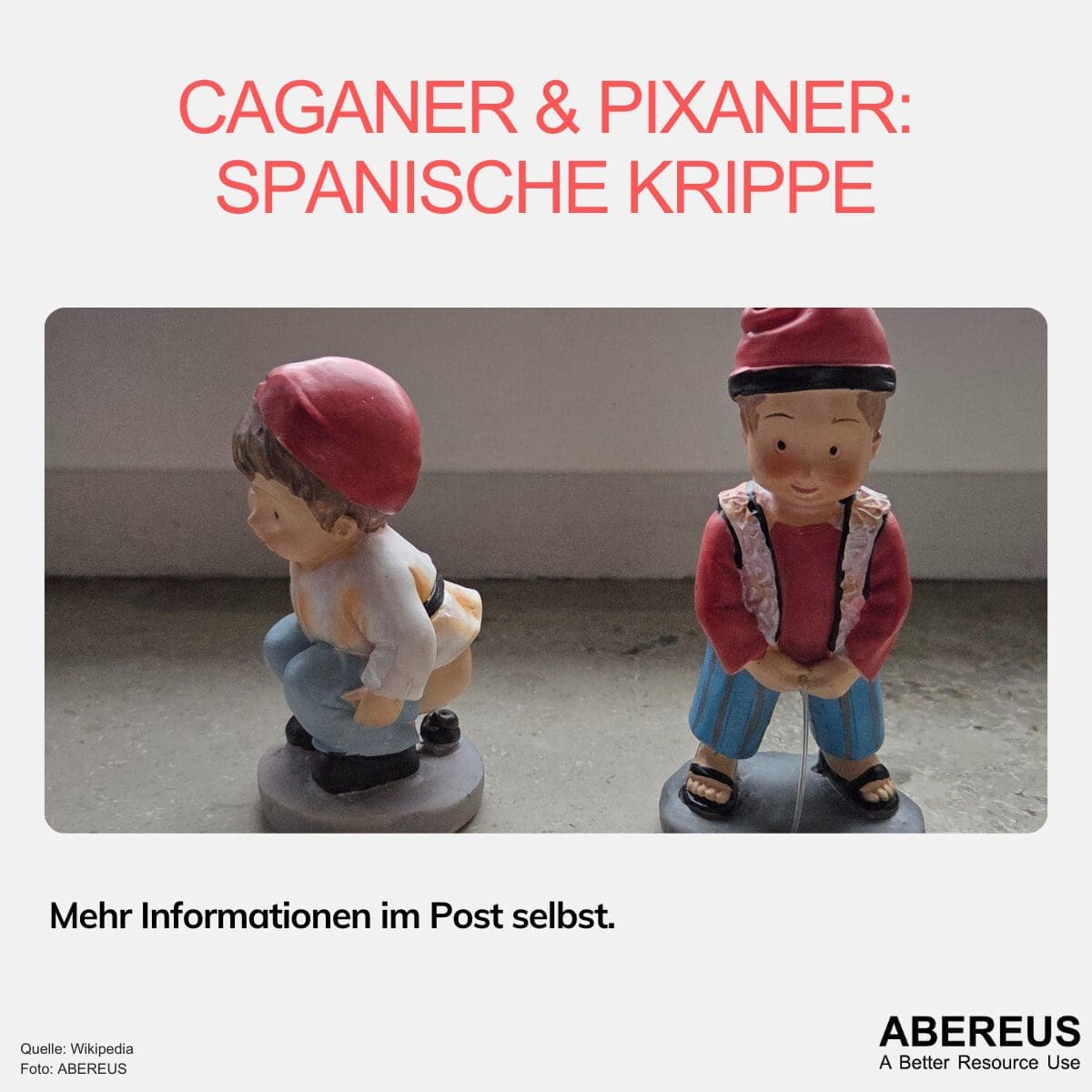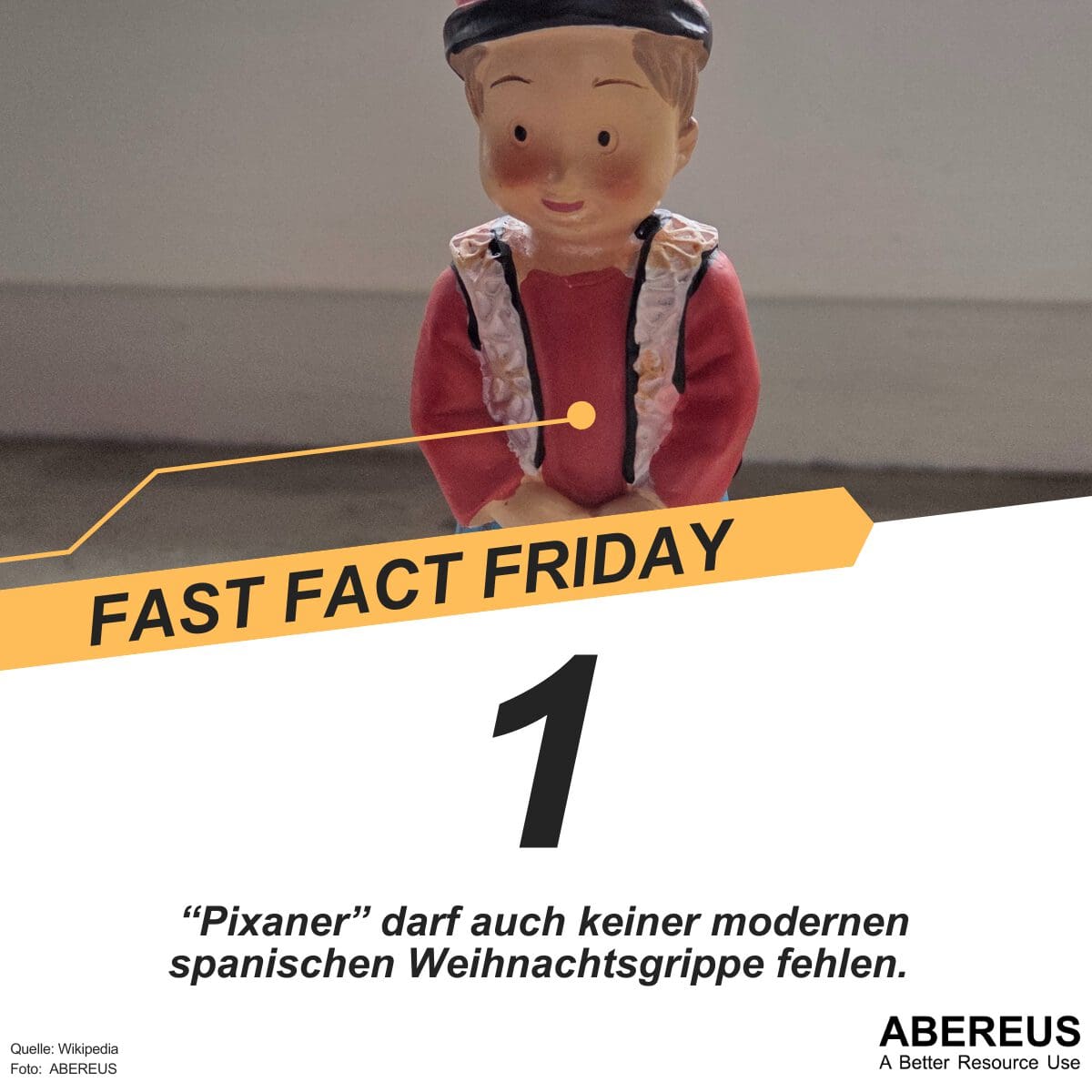The Amazon and its rivers

Date
The Amazon and its rivers isn’t only one river but it’s a network of smaller ones which add up to its final size. Most of the time, the feeding rivers are not known to a broader population.
Within the Amazon, the waters vary considerably. The smaller rivers have their spring in distinct areas around the Amazon. Therefore, their water carries different materials. As a result, the color of the rivers differs as you can see on the photo. The most famous spot to see this is close to Manaus, where the Rio Solimoes and the Rio Negro meet. Brazilians call it the “Encontrão das águas,” and it is also the start of the Amazon River. This illustrates how unique the Amazon and its rivers are.
The three rivers
The Rio Solimões is one of the rivers originating in the Andes, the western areas of the Amazon. Due to their heights, the water is faster and erosion higher. The solid material, which the water cuts out of the mountains, gives the water a brown color like clay or coffee. The material is full of nutrients, so that life in and around the river can prosper. However, this also makes Malaria a common disease in the region. These rivers with their “Agua branca” are important for nature and agriculture alike. Consequently, they give the Amazon and its rivers their special vitality.
The rivers of the north carry “Agua prêta” which contain a material of the “Guyana shield”, a 500-million-year-old type of rock. As a result of more humic material in the water, the color is somewhere between dark green, dark red, and dark brown. The best-known river is the Rio Negro. The water of these rivers has a low PH value of around 2.5. Life around them is difficult. On the other hand, it is a good place for tourists as the water is clear and there are only a few mosquitos around. Their larvae cannot survive well in this type of water. This makes the Amazon and its rivers a diverse ecological spectacle.
The last type of Amazon rivers is the “Agua clara”. The most famous ones are the Rio Tapajóz and the Rio Xingú. They start in the southern mountain areas of Brazil. The water is only carrying few washed out materials which make its color yellow to light greenish. You can see down to a distance of up to 4 meters. This explains the name “clear water” and makes it spectacular for divers.
The benefits
As you can see the rivers are not really similar to each other – and that makes them so special. The different material not only changes the color, but also the temperature as well as the density of the water. Therefore the rivers don’t mix right away but move next to each other clearly distinguishably. This further enriches the diversity of the Amazon and its rivers.
For more information about water, sanitation, and nature, get connected and join us for a better resource use.
Source: https://www.planet-wissen.de/kultur/suedamerika/amazonien/pwieflusstypenamazoniens100.html



